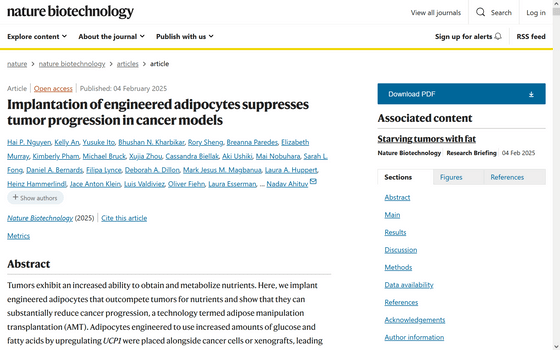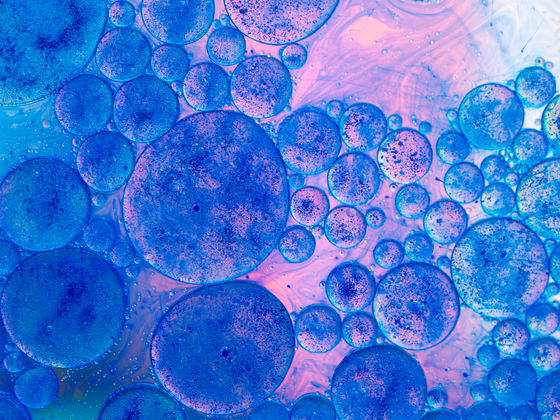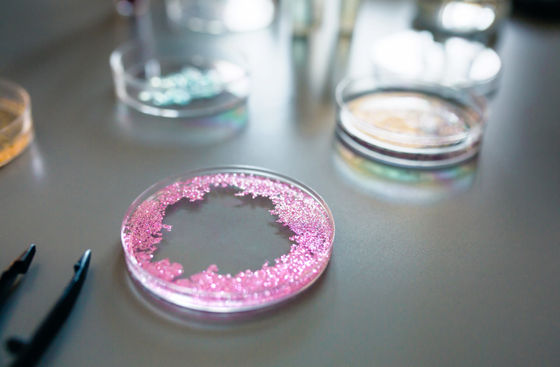Scientists succeed in starving cancer cells using artificial fat cells that consume the nutrients around them

Scientists have reported that they have succeeded in converting energy-storing 'white fat cells' into calorie-burning 'brown fat cells,' depriving cancer cells of the nutrients they need to survive and suppressing their growth.
Implantation of engineered adipocytes suppresses tumor progression in cancer models | Nature Biotechnology

Scientists Just Found a Way to Starve Cancer Using Fat Cells
According to Hai Nguyen and others from the University of California, San Francisco, previous research has shown that brown fat cells, which burn fat and generate heat in the human body, suppress cancer. Experiments using mice have shown that cold activates brown fat cells, depriving cancer cells of the nutrients they need, starving them. However, cancer patients generally become less healthy as their disease progresses, so the method of curing cancer by cooling the human body was not realistic.
So Nguyen and his colleagues turned their attention to the idea of using brown fat cells, and hypothesized that by designing brown fat cells to consume enough calories without cooling the body, they could safely starve cancer cells.

First, Nguyen and his team used the gene editing technology CRISPR to convert white fat cells, which make up human body fat and store energy, into brown fat cells. They then adjusted the gene UCP1, which is expressed in brown fat cells and promotes energy consumption, and engineered the brown fat cells to increase glucose and fatty acid usage. They then cultured the brown fat cells in a petri dish together with cancer cells. As a result, they found that the brown fat cells significantly suppressed the proliferation of two types of breast cancer cells, colon cancer cells, pancreatic cancer cells, and prostate cancer cells.
Next, Nguyen and his colleagues transplanted cancer cells and human fat organoids into mice and observed them, and found that the cancer cells were also starved.
To test how the technique would work in human tissue, Nguyen and her colleagues teamed up with breast oncologist Jennifer Rosenbluth, M.D., Ph.D., to grow brown fat cells in petri dishes using fat from human breast cancer patients. Again, brown fat cells outnumbered breast cancer cells.

According to Nguyen and his team, each type of cancer cell has its own 'nutrient preferences,' so it may be more effective to use brown fat cells that are tuned to eat specific nutrients for cancer cells. For example, a type of liver cancer cell begins to seek uridine when glucose is in short supply, but when Nguyen and his team tuned the fat so that it only eats uridine, they were able to easily defeat these pancreatic cancer cells.
To generate brown fat cells using this method, white fat cells must first be extracted from the patient, but this can be easily achieved using the 'liposuction' approach used in plastic surgery.
'Fat cells can be easily manipulated in the lab and safely returned to the body, making them useful for cancer and other cell therapies,' Nguyen and his colleagues said. 'Fat cells have fewer interactions with the environment, so there is little risk of the cells leaking out and causing problems elsewhere in the body. This could allow for tailored treatment approaches for specific cancers and cancer patients.'
Related Posts:
in Science, Posted by log1p_kr







